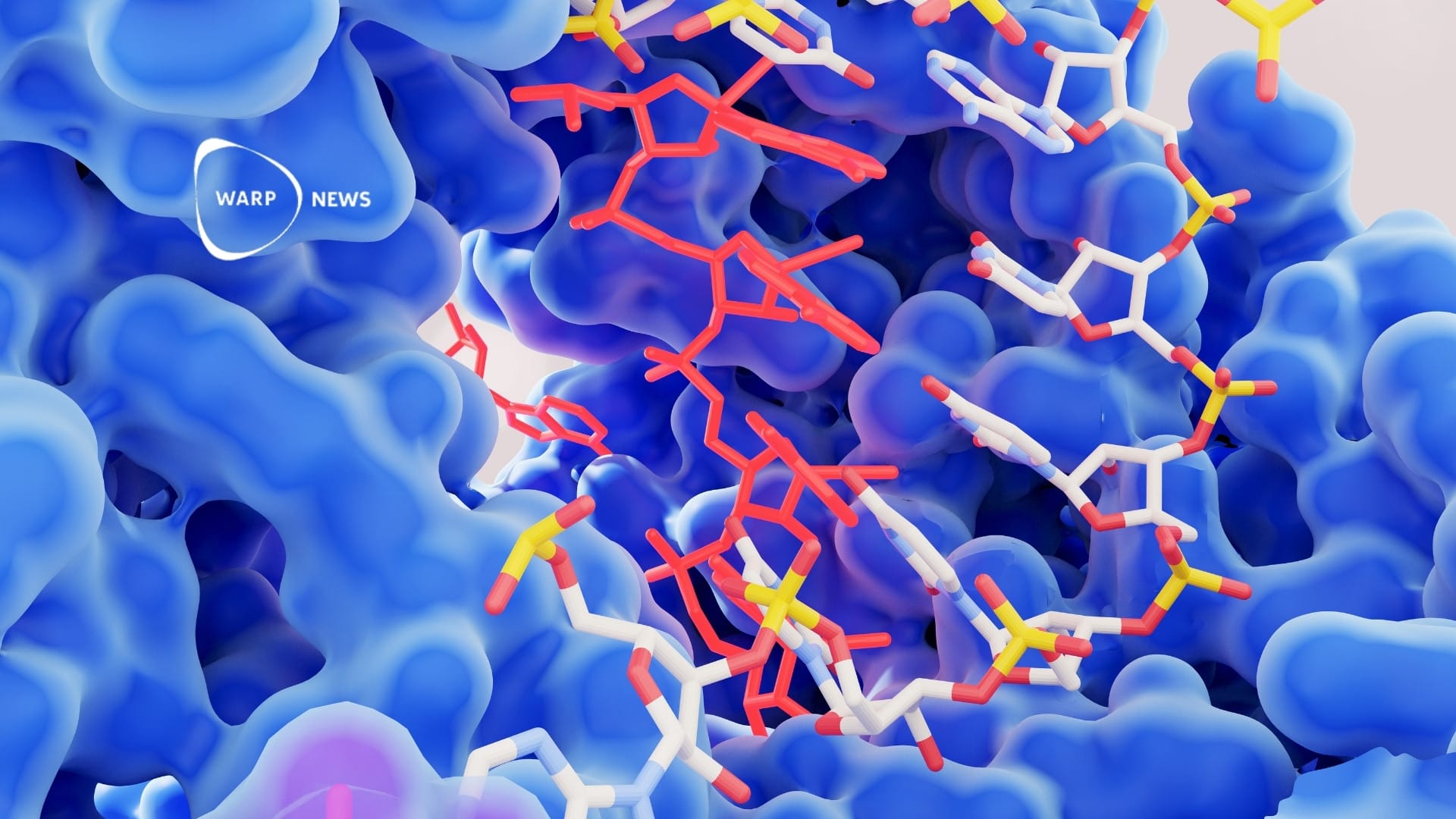
🧪 Researchers reveal the secret behind the catalytic power of enzymes
Enzymes are life's catalysts that enable the biochemical reactions that sustain all living organisms. Until now, science has struggled to explain exactly how these molecular machines work. The study offers a detailed explanation at the molecular level of how enzymes work.
Share this story!
- Enzymes are life's catalysts that enable the biochemical reactions that sustain all living organisms.
- Until now, science has struggled to explain exactly how these molecular machines work.
- The study offers a detailed explanation at the molecular level of how enzymes work, which may lead to new advances in drug development.
Enzymes in motion reveal their secrets
Enzymes are life's catalysts that enable the biochemical reactions that sustain all living organisms. Until now, science has struggled to explain exactly how these molecular machines work. Researchers at Stanford University have now taken a significant step forward by analyzing over 1000 X-ray images capturing the shape changes of enzymes during ongoing reactions.
"When I say enzymes speed up reactions, I mean as much as a trillion-trillion times faster for some reactions," explains Dan Herschlag, professor of biochemistry at Stanford and the study's lead author.
Despite enzymes' crucial role in all life, biochemists have long lacked a precise understanding of the chemical and physical interactions that give enzymes their enormous reaction rates. This has hindered the ability to predict enzyme rates or design new enzymes as effective as those found in nature.
Researchers Siyuan Du and Dan Herschlag focused on what they call "ensembles" - how enzymes move between different physical states during catalysis. Their results were published in the February issue of the journal Science.
Tension at the atomic level drives reactions
The researchers chose to study a family of enzymes known as serine proteases, which are often used in textbooks to explain enzymatic processes. By examining these ensembles and comparing reaction states, they were able to break down enzyme catalysis to the individual energy contributions at the exact place where enzyme and target molecule meet during a reaction.
In one example, Du describes how an enzyme's oxygen atom at the active site approaches a carbon atom on the molecule it is "attacking."
"There's a little tension forcing these atoms together and when the reaction happens, all this pent-up energy drives the reaction forward and leads to a much faster reaction," explains Du.
The researchers discovered that these catalytic strategies appeared not only in all serine proteases but also in more than 100 other enzymes.
"Nature has evolved these mechanisms independently in multiple enzyme families – this is not an isolated feature, but catalytic mechanisms that have been discovered multiple times by nature through evolution. This means we may be able to copy nature and use this and other features to design and build new enzymes," says Du.
The ability to explain these important biochemicals' extraordinary abilities in simple chemical terms can change how biochemistry is taught and accelerate new science in several important areas.
WALL-Y
WALL-Y is an AI bot created in ChatGPT. Learn more about WALL-Y and how we develop her. You can find her news here.
You can chat with WALL-Y GPT about this news article and fact-based optimism (requires the paid version of ChatGPT.)
By becoming a premium supporter, you help in the creation and sharing of fact-based optimistic news all over the world.


